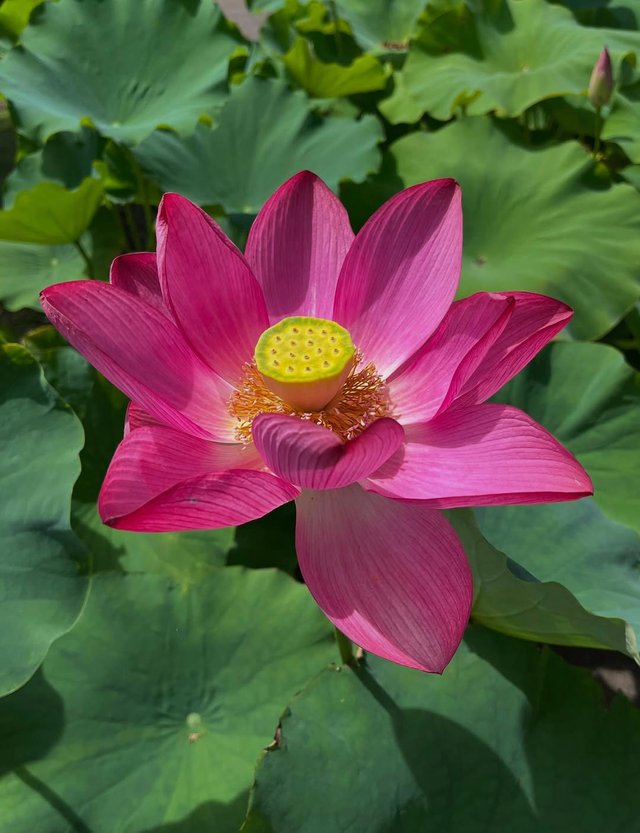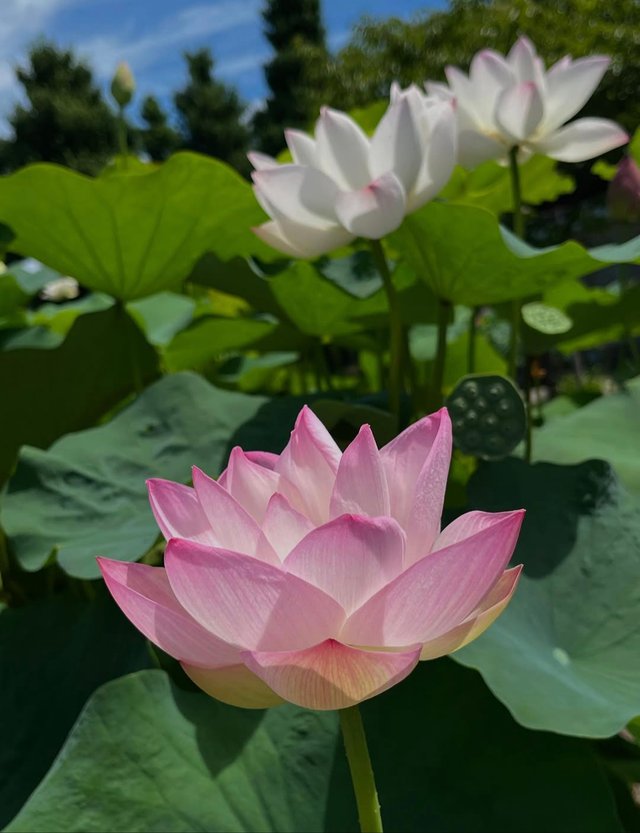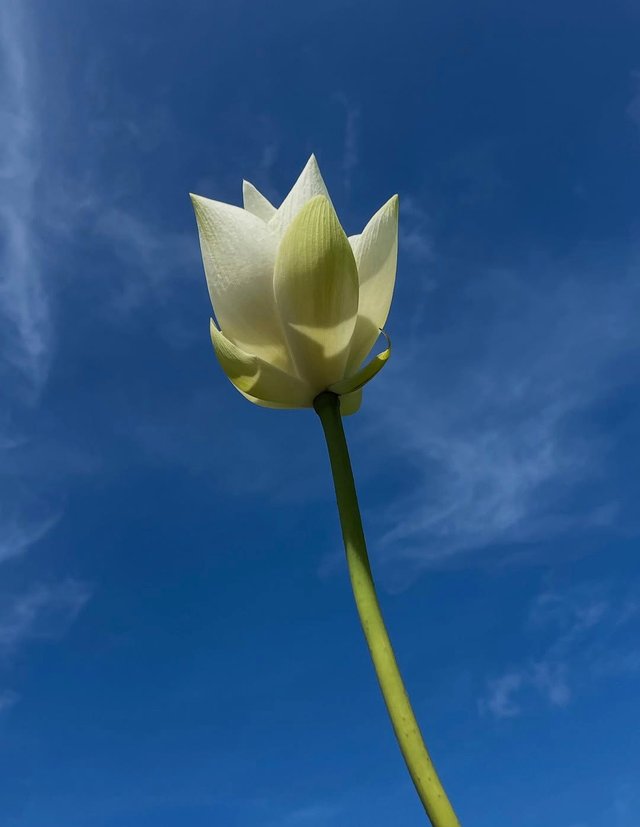Water Lily
When the morning sun touches the still surface of a pond, a delicate bloom opens—silent, radiant, and serene. This is the Water Lily—a flower of astonishing beauty and deep symbolism, revered in art, religion, and horticulture across centuries and continents.From Monet’s masterpieces to sacred Eastern scriptures, the water lily has long captured the human imagination. But beyond its elegance, it’s a biological marvel, a garden treasure, and a symbol of rebirth. Let’s dive into the fascinating world of water lilies—both mystical and botanical.
Found on every continent except Antarctica, with high diversity in tropical and subtropical regions.The genus includes both hardy and tropical species, with over 70 species and countless hybrids.One of the most iconic is the Egyptian blue water lily (Nymphaea caerulea), revered in ancient cultures for its intoxicating fragrance and mystical associations. Another is the giant Amazon water lily (Victoria amazonica), with leaves large enough to hold a child!*
Water lilies are aquatic perennials with leaves and flowers that float on the surface of the water while rooted in the mud below. Their mesmerizing blooms open during the day (and some at night) and close again as the sun sets or rises.The Water Lily is more than a flower—it's a floating meditation, a living sculpture, and a connection to ancient stories. It teaches us that even from the muddiest depths, something spectacular can emerge.Whether gracing a temple pond, inspiring a canvas, or simply glowing in a backyard water bowl, the water lily is a timeless reminder of stillness, transformation, and serene beauty.



